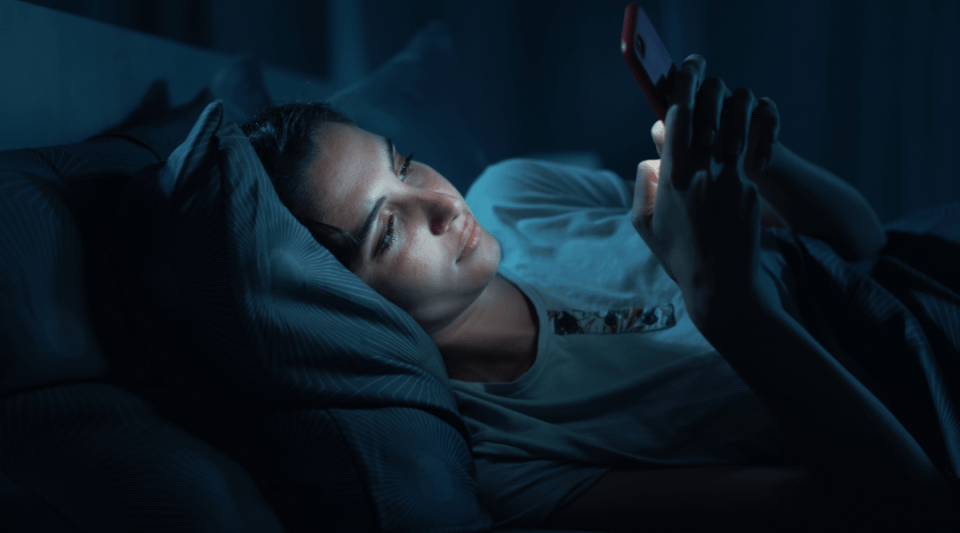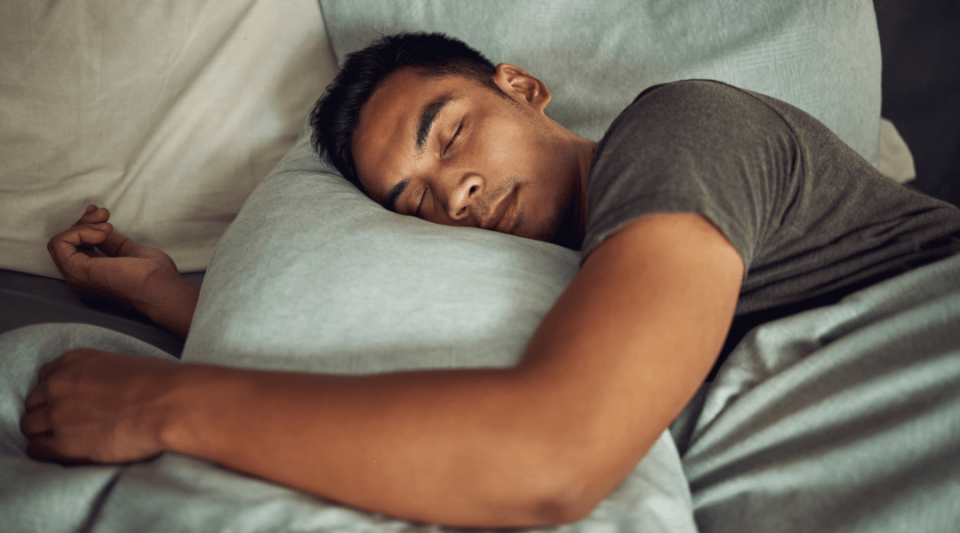26 September 2025
- What is it?
- Team and structure
What is Polysomnography?
Polysomnography (PSG) is a detailed sleep study to diagnose sleep disorders.
When is Polysomnography necessary?
It is performed on patients who have a sleep-related disorder, such as:
- Poor night rest.
- Snoring.
- Apnoea.
- Excessive daytime sleepiness.
- Abnormal behaviours during sleep, such as screaming, kicking and falling out of bed.
- Insomnia.
What disorders can Polysomnography diagnose?
Polysomnography can diagnose the following sleep disorders:
- Apnoea.
- Narcolepsy. It is characterised by excessive daytime sleepiness, sleep paralysis, visual hallucinations when falling asleep and sudden loss of muscle tone (cataplexy). Sleep is fragmented, that is, interrupted and of poor quality.
- Idiopathic hypersomnia. This is characterised by excessive daytime sleepiness. Sleep is continuous and prolonged, but not restorative. There is difficulty waking up, with a feeling of dullness and confusion.
- Restless legs syndrome.
- REM sleep behaviour disorder.
- Sleepwalking.
- Night terrors.
- Confusional arousals. Awakenings with disorientation in time and space.
- Sleep seizures.
- Stridor during sleep. A high-pitched, squeaky sound produced by a partial obstruction of the upper airways.
- Catathrenia. It consists in making abnormal sounds, similar to moans or grunts, during exhalation and not inhalation, as occurs with snoring.
In some cases, it allows for the diagnosis of insomnia or circadian rhythm disorders.
This test can also be done to adjust a nasal CPAP mask; that is, to calculate the pressure needed to eliminate snoring and apnoea.
How should I prepare for Polysomnography?
Days before having polysomnography, you should:
- Lead a normal life and continue taking your usual medication at the established frequency and dosage.
- Maintain a regular timetable and avoid taking any new medication, toxic substance or alcohol or caffeine to excess.
- Wash your hair the night before and do not use hairspray with lacquer or glitter. These can make it difficult for the electrodes to adhere correctly to the scalp, making them fall off in the middle of the recording.
How is Polysomnography performed?
On the day of the test, patients must bring their night clothes, toiletry bag and any medicines they need to take during the night or the following morning.
To prepare for the test, electrodes are placed in various parts of the body so several measurements can be taken simultaneously. This preparation takes about one hour.
The following are positioned to perform an electroencephalogram (EEG):
- Electrodes on the scalp in a standard "10-20" pattern that covers all the important areas of the brain.
- This process of ensuring the electrodes are in the correct position takes 15-30 minutes.
- A reference electrode is placed on each earlobe.
The following are positioned to perform an electrooculogram (EOG):
- One electrode 1 cm below and 1 cm to the side of the lateral commissure (outer corner) of both eyes.
The following are positioned to perform an electromyogram (EMG):
- Electrodes on the chin, legs and forearms.
Electrodes on the left-hand side of the chest to monitor cardiac activity, as well as flow and pressure sensors in the nostrils to measure the entry and exit of air.
The test is recorded audiovisually and synchronised with the electroencephalogram to detect any abnormal behaviour during sleep.
Who performs Polysomnography?
Polysomnography is performed by a specialist sleep technician. The technician is responsible for positioning the electrodes, sensors and straps on the patient to measure brain, muscle and heart activity, eye movements and breathing.
After being prepared, the patient is placed in the bed, the lights are turned off and the patient is asked to try to sleep. During the test, the technician monitors both the patient and the various measurement recordings on the monitors from a nearby room.
The patient can call the technician using a nearby bell if he has a question or needs anything during the night, such as a go to the toilet. The technician can enter the room to adjust the electrodes or sensors if they have moved or are not working correctly.
How long does a Polysomnogram last?
The test lasts one night, from around 11 pm to 7 am.
What will I feel during the Polysomnogram?
No abnormal feelings or pain will be felt during the test, as the electrodes do not discharge anything but only record brain waves. The adhesive gel and the conductive paste do not cause any alterations or allergies. If the electrodes have not been placed delicately enough, it is possible that they may cause slight irritation on the skin or scalp, which will disappear after a few hours.
Related contents
Substantiated information by:

Published: 21 October 2024
Updated: 21 October 2024
Subscribe
Receive the latest updates related to this content.
Thank you for subscribing!
If this is the first time you subscribe you will receive a confirmation email, check your inbox


